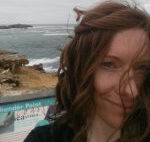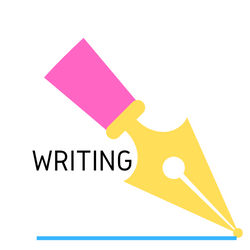The artist re-emerges, with a new project. It began when I fell down a rabbit-warren of immense magnitude.
A project that is barely a zygote, more a coming together of stardust and attention. It has seen me dip a toe into the murky worlds of myth and mythography, feminisms and womanhood, religions and dogma, creation and creators.
The rabbit-warren is gigantic, fraught with danger. I currently liken it to a starless river. A starless river is a subterranean river, one of which is The Timavo River, which runs from Slovenia to Italy. It is a territory known from end to end but partially explored and poorly understood.
Robert Macfarlane writes:
‘Starless rivers run through classical culture, and they are the rivers of the dead. The Lethe, the Styx, the Phlegethon, the Cocytus and the Acheron flow from the upper world into the underland – and all five converge in a welter of water at the dark heart of Hades.’ (Robert Macfarlane, 2020 Underland. Penguin Books)
He goes on to describe the character of each one:
- Lethe is amnesia, oblivion, forgetfulness, concealment, truth.
- Styx is the means by which you move into the underland (thanks to Charon, the ferryman).
- Phlegethon is heat, fire, boiling blood, which flows in coils and spirals.
- Cocytus is lamentation, cold and icy.
- Acheron is woe.
The Timavo River is deep underground; to meet it requires an adventure of serious caving.
Macfarlane again (italics are mine):
… a team of French divers were working from here recently, that they spent a week down here in the chamber, pushing further upstream each day until the risk became too great. The most distant point they reached was almost 1,000 feet (304.8 metres) upstream from where I stand: a triviality, an immensity. I am awed and bewildered at the thought of their persistence. ‘Conquistadors of the useless,’ Lionel Terray once called climbers—but this is another order of futility altogether.
In one sense, the territory I am beginning to map ahead of a deeper exploration is known. Like the Timavo, I know roughly where it begins, the lands through which it flows, and where it emerges. Also like the Timavo, exploration is difficult. It requires a strong grasp of intentionality. A deep understanding of my own sense of meaning. An ability to avoid being sucked under by the wiles of dogma, the persuasions of academia, the idea that what is written is Knowledge and Wisdom. It asks me to hold tight to my own gut. To coat myself in the muck and dirt of my own instincts, and thereby to savour its earthy smell while appreciating its ability to protect me from getting burned.
Along the way, I risk being swindled by a false linearity. That this notion of running from point to point is the Way, that there are no diversions, no alternative doors, no dimensions.
‘There are always people living under the stairs,’ Troy said last night.
‘Where is the door?’ I asked. Our stairs have no underneath, have no door, just a wall.
‘It’ll be there somewhere. Just because you can’t see it, doesn’t mean it isn’t there.’ He leaned in and shrugged. ‘It might be a dimensional door, you don’t know.’ He turned to Beren, and continued. ‘Mum’s a writer but she can be very literal.’
Seeing what is can be a trap as much as it can be a freedom.
This new project is provisionally titled Woman as Artist, but its context is deep and its application broad.
As an example of the territory, a tiny piece from Robert Graves’s extensive work The White Goddess: A historical grammar of poetic myth:
It it must never be forgotten that the Triple Goddess, as worshipped for example at Stymphalus, was a personification of primitive woman—woman the creatress and destructress. (Robert Graves, The White Goddess.)
The intention I’m currently carrying for this work is to shine some light on the creation mode of woman in her role of Mother. To highlight the destruction of old ways. To throw into public the mess that happens before coherence becomes possible.
To do this, I am systematically challenging the idea of Self as Writer that I’ve carried for the entirety of this life. I’m using the project as a means of taking and making place. Place-making, place-taking, place-being is the mantra humming around and inside the project. Healing separation from source. Coming back to landscape. Rectifying a situation of having been born holding a pen, but having used the pen to scrawl banality.
As the zygote cleaves on its way to form the guts of this new Thing, I’ve begun the first halting steps down the warren and fallen into mythography. There is a guide, but no bestiary.
This time I’m not letting it stop me.

